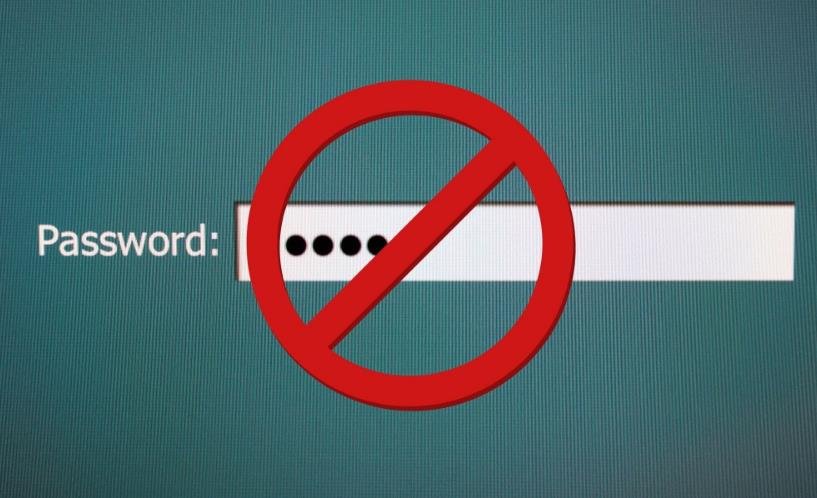X, the social media platform formerly known as Twitter, has announced a new feature that allows iOS users to log in with passkeys instead of passwords. Passkeys are a secure and convenient way to authenticate online accounts using biometrics or device codes.
Passkeys are a new technology developed by the FIDO Alliance, a consortium of tech companies including Apple, Google, and Microsoft. They aim to replace traditional passwords with cryptographic keys that are stored on the user’s device and protected by biometrics or device codes. Passkeys are compatible with the WebAuthn standard, which enables web browsers and apps to support various authentication methods.
To use passkeys, users need to create and save them using Safari and iCloud Keychain on iOS 16 or later. Once created, passkeys can be used to log in to supported websites and apps without typing a password. Users only need to verify their identity using Face ID, Touch ID, or their device code. Passkeys are synced across devices using iCloud, so users can access their accounts from any Apple device.

How to set up a passkey for X on iOS?
X is one of the first apps to support passkeys on iOS. The feature is currently available only for US-based users, but the company plans to expand it to other regions soon. To set up a passkey for X on iOS, users need to follow these steps:
- Open the X app and tap the profile icon in the top left corner
- Tap Settings and Privacy, then Security and account access, then Security
- Under Additional password protection, tap Passkey
- Enter the current password, then select Add a passkey
- Follow the prompts to create and save a passkey
After setting up a passkey, users can log in to X using their device verification instead of their password. They can also use passkeys to log in to X on other devices or browsers, as long as they have iCloud Passwords enabled.
Why is X adopting passkeys?
X’s decision to adopt passkeys comes after the company faced a security breach last year, when its SEC account was hacked by a SIM swap attack. A SIM swap attack is a type of phishing scam that involves tricking a mobile carrier into transferring a victim’s phone number to a new SIM card, which can then be used to access their online accounts.
By using passkeys, X hopes to prevent such attacks and improve the security of its users’ accounts. Passkeys are more secure than passwords because they are not stored on servers, where they can be stolen or leaked. They are also more secure than SMS-based two-factor authentication (2FA), which can be intercepted or bypassed by hackers.
X has also removed SMS 2FA as an option for users who are not X Premium subscribers, and recommended them to use other 2FA methods such as apps like 1Password, iCloud Keychain, or Google Authenticator. However, passkeys offer a more convenient and user-friendly alternative to 2FA, as they do not require users to enter a code or scan a QR code.
What are the benefits and challenges of passkeys?
Passkeys offer several benefits for users and developers, such as:
- Enhanced security: Passkeys are resistant to phishing, brute force, and replay attacks, as they use public-key cryptography and device verification.
- Improved usability: Passkeys eliminate the need to create, remember, and type passwords, which can be frustrating and time-consuming for users.
- Reduced costs: Passkeys reduce the need for password resets, account recovery, and customer support, which can save money and resources for developers.
However, passkeys also face some challenges, such as:
- Limited adoption: Passkeys are still a new and emerging technology, and not many websites and apps support them yet. Users may also be reluctant to switch from passwords, which are familiar and widely used.
- Compatibility issues: Passkeys are only compatible with iOS 16 or later, and not with Android or web platforms. Users who use multiple devices or platforms may not be able to use passkeys consistently.
- User education: Passkeys require users to understand how they work and how to manage them. Users may also need to enable features like iCloud Passwords and Stolen Device Protection to use passkeys effectively.
Passkeys are a promising technology that could revolutionize the way we authenticate online accounts. X is one of the pioneers in adopting passkeys, and hopes to provide a more secure and convenient login option for its iOS users. As passkeys become more widely supported and accepted, they could potentially replace passwords as the standard for online authentication.
